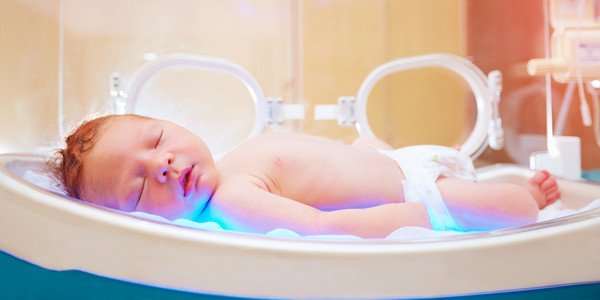Researchers at Imperial College London and Chelsea and Westminster Hospital NHS Foundation Trust report that the overall incidence rate of brain injury among newborns — an injury at or soon after birth — is 5 per 1,000 live births in England.
Trauma, specifically events that deprive the brain of oxygen or damage it before, during or after birth, is a known cause of conditions such as cerebral palsy.
“Brain injury at or soon after birth is a serious problem, as it can lead to long-term conditions later in life such as cerebral palsy, blindness, deafness and learning deficits. A proportion of these cases could be avoided,” Chris Gale, the study’s lead author and clinical senior lecturer at Imperial College, said in a university news release.
Findings were published in the journal Archives of Disease in Childhood, in the study “Neonatal brain injuries in England: population based incidence derived from routinely recorded clinical data held in the National Neonatal Research Database.”
Th study’s full-term brain injury birth rate — 5.14 per 1,000 exactly — came from the assessment of 3,418 babies born between 2010 and 2015 with conditions linked to brain injury. The overall incidence rate is a combination of estimates for full-term babies (3.47 per 1,000 live births) and for preterm babies (babies born with or less than 37 weeks).
Among premature infants, the brain injury rate was almost seven times higher than full-term babies, or 25.88 per 1,000 live births.
Researchers analyzed data from the National Health Service’s (NHS) National Neonatal Research Dataset (NNRD), which has clinical data from all English NHS neonatal units from 2012 onward. Their goal was to assess the number of babies with sustained brain injury at or soon after birth.
Researchers used a definition of “brain injury” that grouped a range of conditions and signs known to be related to brain injury and that could help with earlier diagnosis. These include seizures, fits, internal brain bleeding, stroke, infections like meningitis, and damage caused by oxygen deprivation to the brain, or “hypoxic ischaemic encephalopathy.”
“Before now UK health services did not have a standard definition of brain injury in babies and there has been no systematic collection of data for this purpose,” said Neena Modi, head of the neonatal data analysis unit at Imperial College.
“We have devised a practical way to measure the incidence rate of brain injury in babies. This measure will also help us to evaluate other interventions, for example, making sure that as many preterm babies as possible are born at hospitals with advanced neonatal services on site, which we know reduces the risk of brain injury,” Gale added.
The team believes that, ultimately, this research could lead to a better understanding of how to prevent brain injury in both preterm and full-term babies.
“The next step is to use routine data to understand the long-term effects of these conditions on the children and their families” Gale concluded.
To know more about the association between cerebral palsy and brain injury, please visit the Cerebral Palsy Guidance’s page on the subject.
England’s health service aims to reduce brain injuries in newborns the number of babies by 20 percent by 2020, and by 50 percent by 2030. These new estimates equate to lowering the overall incidence of babies suffering a brain injury to 4 per 1,000 live births by 2020, and to 2.5 babies per 1,000 live births by 2030.

